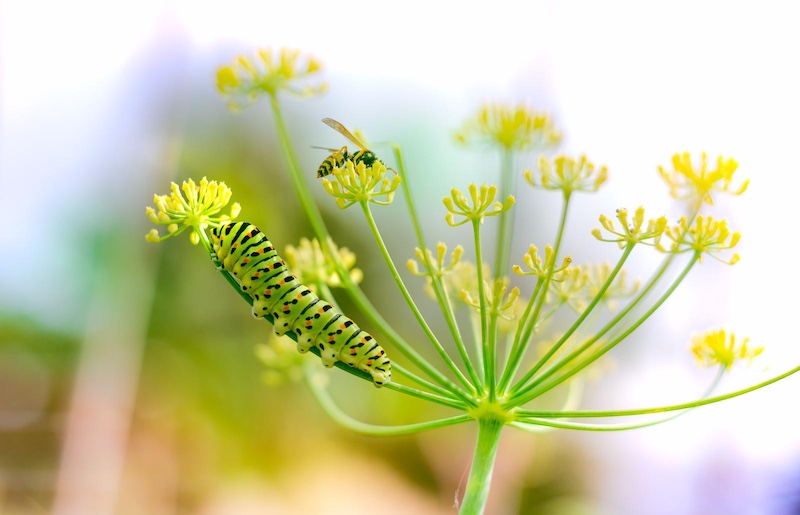Insects are masters of disguise, employing camouflage as a means of survival. Whether blending in with foliage or mimicking other animals, these tiny creatures can be hard to spot. Here are ten insects that have evolved some of the most impressive camouflage techniques in the natural world.
1. Leaf Insect
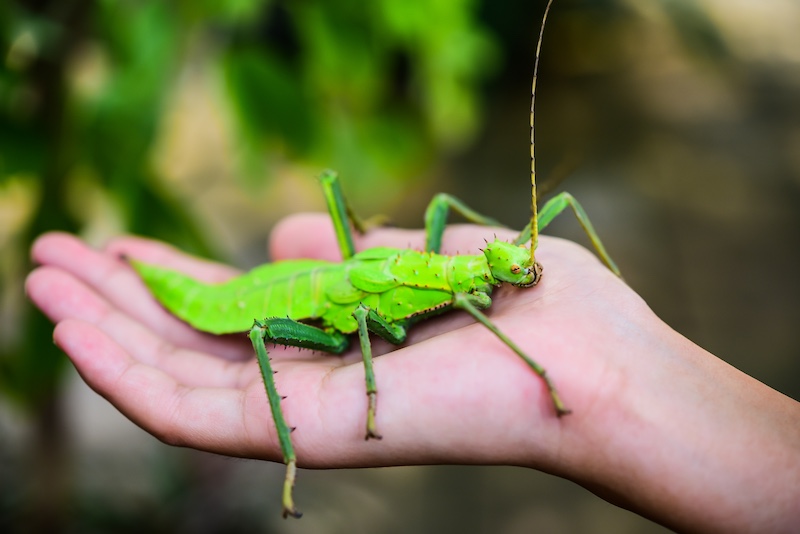
Leaf insects are among the most famous examples of insect camouflage. As their name suggests, these insects look remarkably like leaves. Their flat, broad bodies are green and have veins running through them, mimicking the appearance of foliage. Some species even have brown patches resembling leaf decay, making it nearly impossible for predators to distinguish them from actual leaves.
2. Stick Insect
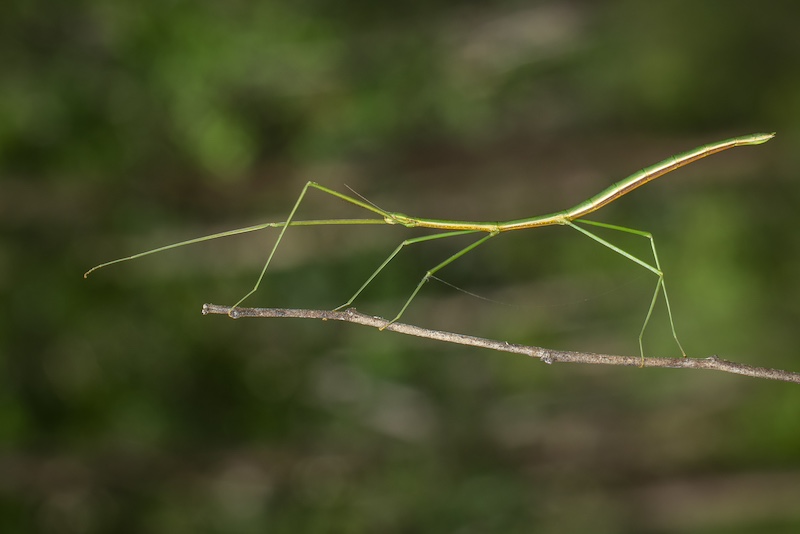
Stick insects are experts in mimicry, resembling twigs or branches. Their elongated, slender bodies blend seamlessly with tree branches, especially when they stay perfectly still. Some species even have brown, bark-like coloring, while others can sway gently to imitate a twig swaying in the wind. These adaptations keep them safe from predators like birds and reptiles.
3. Dead Leaf Mantis
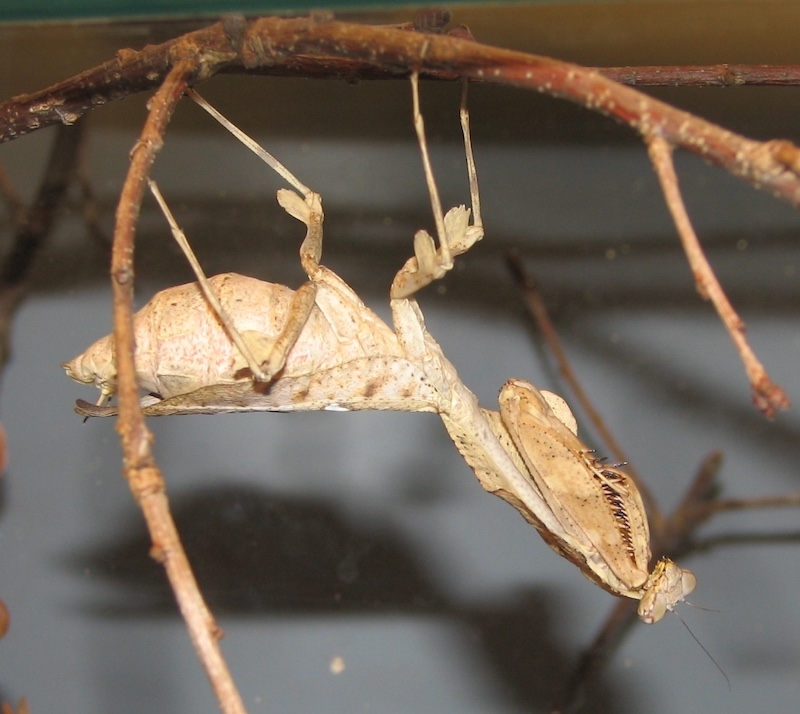
The dead leaf mantis is a predator that uses its camouflage both to hide from predators and to ambush prey. Its body shape and color resemble a curled, dried-up leaf, complete with dark and light patches mimicking the decay of dead foliage. When this mantis remains motionless on the forest floor, it is nearly indistinguishable from actual leaves.
4. Orchid Mantis
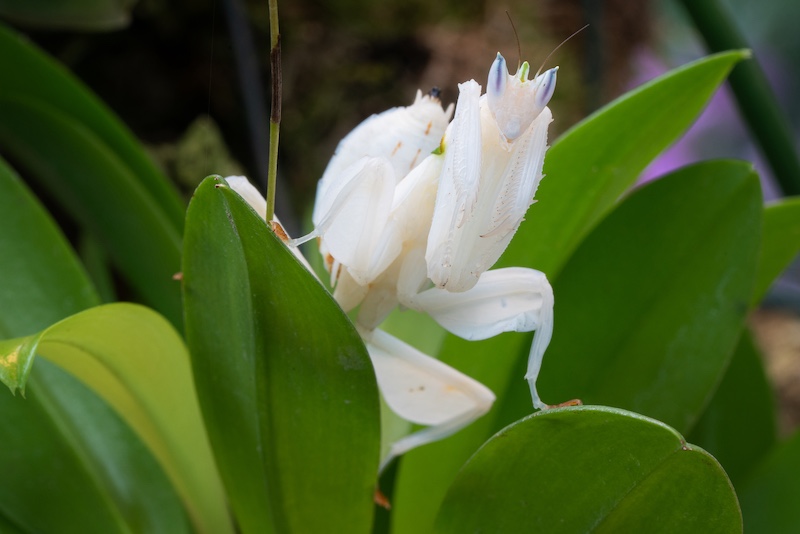
Native to Southeast Asia, the orchid mantis is famous for its stunning resemblance to orchid flowers. This insect uses its camouflage to lure in pollinators like butterflies, which mistake it for a flower. With pink and white hues that mimic petals, the orchid mantis not only hides from predators but also catches its prey with incredible precision.
5. Peppered Moth
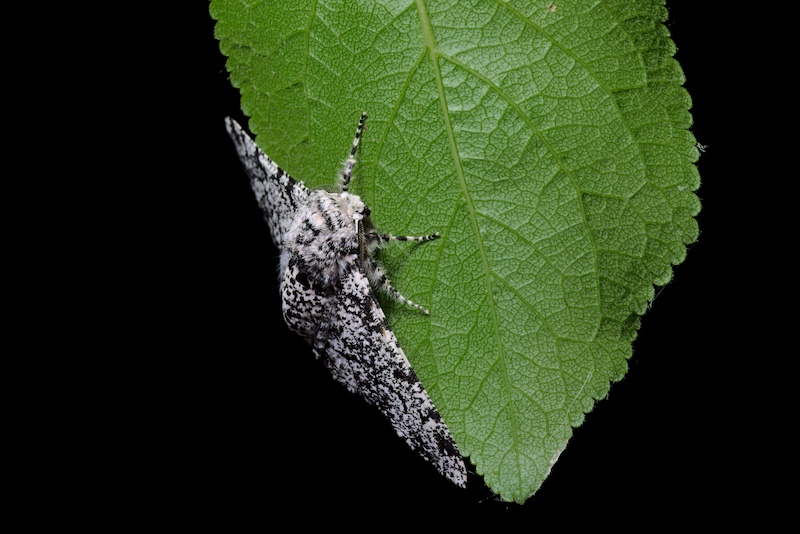
The peppered moth is a textbook example of adaptive camouflage. Its wings are speckled with black and white, helping it blend in with lichen-covered trees. During the Industrial Revolution, pollution caused trees to darken with soot, and the darker variant of the moth became more common. This rapid change in appearance demonstrates how powerful camouflage can be in response to environmental changes.
6. Katydid
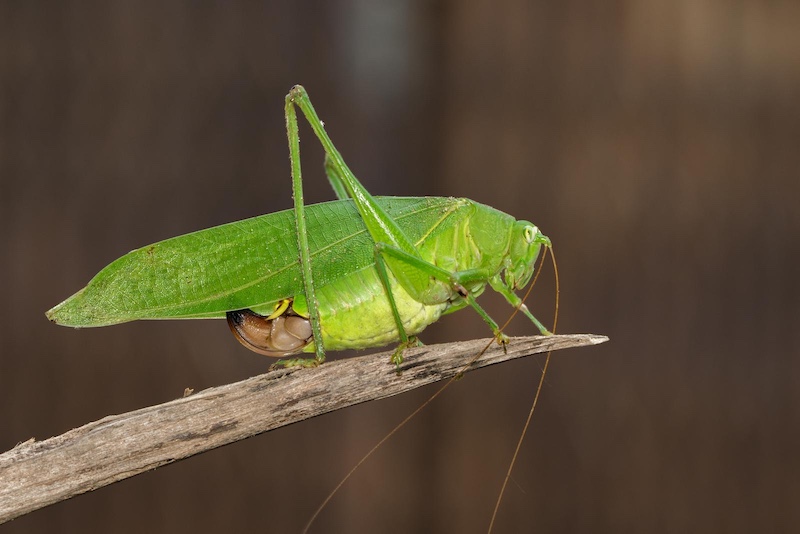
Katydids are green, leaf-like insects that use their shape and color to hide from predators. Their bodies often resemble fresh leaves, complete with veins and a slight sheen, making them almost invisible when resting on foliage. Some species even sport brown or yellow patches to imitate older, decaying leaves, enhancing their disguise.
7. Jewel Beetle
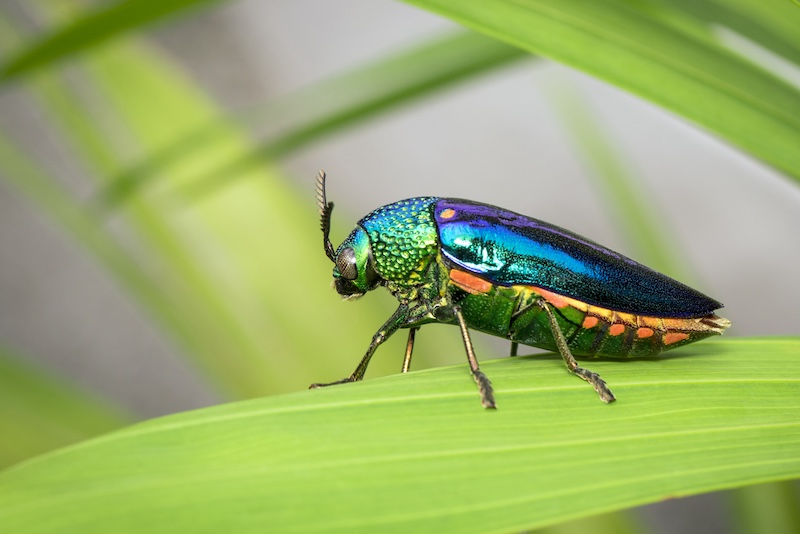
The jewel beetle has metallic, iridescent coloration that mimics the shiny surface of leaves or tree bark. While these colors may seem attention-grabbing, they actually help the beetle blend in with its natural surroundings. The shimmering effect breaks up the beetle’s outline, making it difficult for predators to recognize it as prey.
8. Scorpionfly
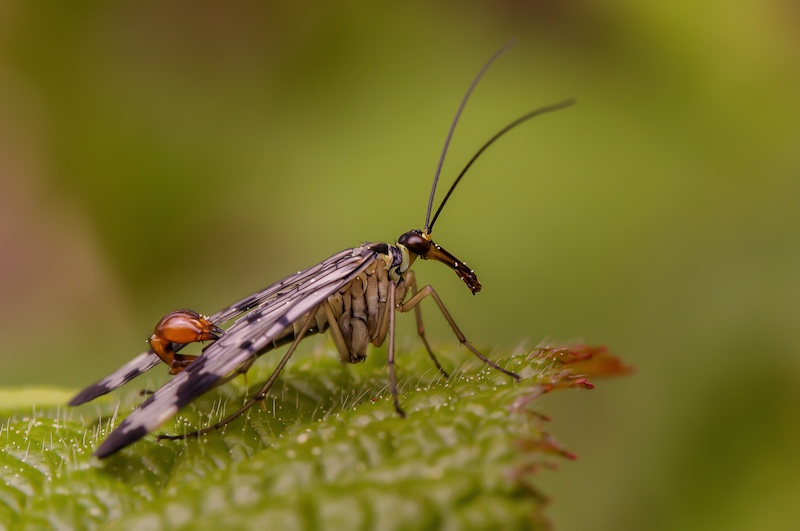
Scorpionflies are fascinating insects with long, slender bodies and wings that resemble dried leaves or debris. Their wings are mottled brown and yellow, allowing them to blend into their surroundings when resting. Predators often overlook them, mistaking them for harmless plant matter.
9. Caterpillar of the Swallowtail Butterfly
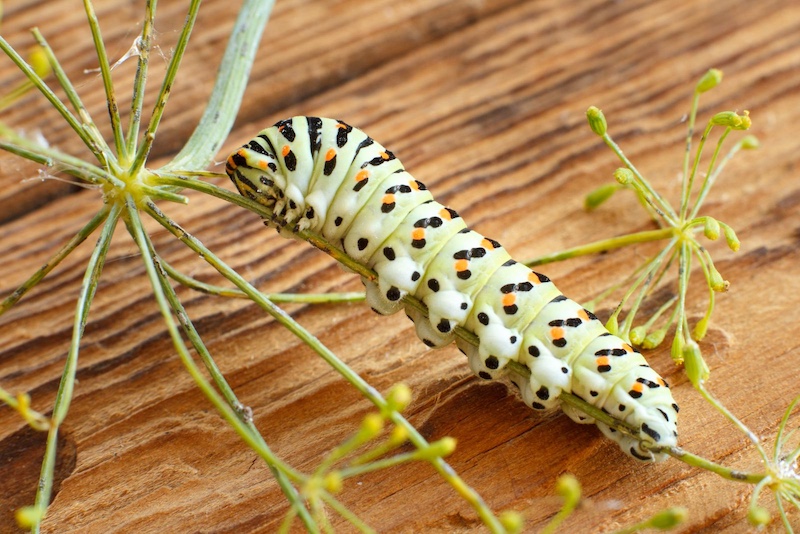
The swallowtail caterpillar is known for its impressive use of mimicry. In its early stages, it resembles bird droppings, which helps it avoid predators like birds. As it matures, the caterpillar takes on a green, leafy appearance, blending in with the plant it feeds on. This dual-stage camouflage ensures the caterpillar’s survival throughout its development.
10. Treehopper
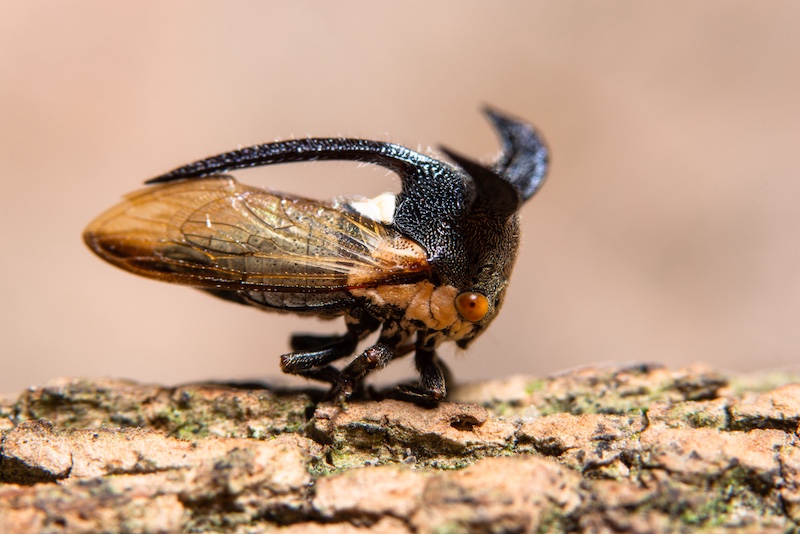
Treehoppers are small insects known for their extraordinary ability to blend in with plant stems and leaves. Their bodies are often shaped like thorns or plant buds, allowing them to go unnoticed by predators. Some treehoppers even have ornate, spine-like structures on their backs that enhance their resemblance to natural plant parts, making them nearly invisible in their surroundings. Please Note: This content was created with the assistance of AI and thoroughly edited by a human before publishing.

